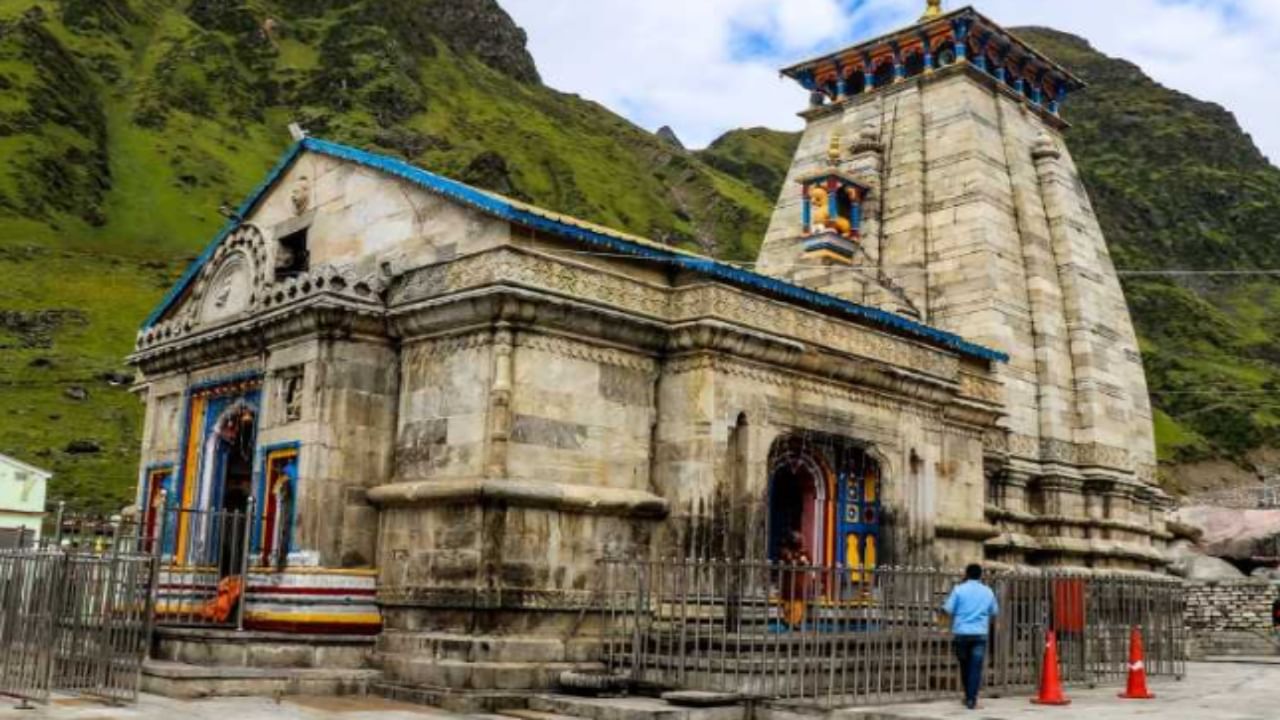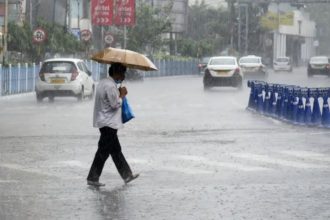
Dehradun: The annual Char Dham Yatra, one of Uttarakhand’s most significant pilgrimages, has experienced a slower-than-usual start this year due to multiple challenges—including Indo-Pak tensions, an outbreak of equine influenza among transport animals, and unpredictable weather conditions.
As a result, the footfall of pilgrims has declined by 32% in the first two weeks compared to last year. Since the Yatra began on April 30, around 6,05,183 pilgrims have arrived in the first 13 days. In contrast, the same period in 2024 saw 8,85,733 visitors—a sharp decline of nearly 2.80 lakh devotees.
A Significant drop in pilgrims
Despite the drop in early numbers, officials and local stakeholders remain hopeful that footfall will peak in the second half of May, as was the case in previous years. However, this decline has raised concerns among local businesses, hoteliers, and transport operators who rely on the Yatra season for their livelihood. Many small hotels reported cancellations, and traders worry about financial setbacks if the trend continues.
Factors behind the decline
Security Concerns Amid Indo-Pak Tensions The recent Indo-Pak tensions, especially following the May 7 terrorist attack on tourists in Pahalgam, have created a sense of hesitation among travelers. Many devotees opted to delay their pilgrimage, leading to uncertainty about the Yatra’s full potential this season.
Equine Influenza Outbreak Disrupts Kedarnath Transport The sudden death of 13 horses and mules due to infection forced authorities to suspend equestrian services for three days on the trekking route to Kedarnath. Given that a large number of pilgrims rely on mules and horses to reach the temple, this significantly impacted the movement of devotees.
In response, the Uttarakhand government deployed a team of 30 veterinary experts to assess and control the outbreak. After a week of monitoring, services resumed on May 12, with over 1,700 horses and mules returning to duty as veterinarians confirmed that the disease had subsided.
Weather Disruptions in the Four Dhams Heavy rainfall and fluctuating temperatures affected parts of the Badrinath, Kedarnath, Gangotri, and Yamunotri routes, further delaying pilgrim arrivals. Although the adverse weather did not cause a large-scale halt, it contributed to a sense of caution among travelers.
Looking ahead
Traditionally, the second fortnight of May sees the highest number of pilgrims, with peak travel occurring between May 17 and 23. School holidays and warmer weather encourage more devotees to undertake the journey during this period. Encouraging signs have emerged in the past few days, with 45,772 pilgrims arriving on May 9, 51,356 on May 10, 55,034 on May 11, and 54,678 on May 12. Officials remain optimistic that as conditions stabilize, the flow of pilgrims will increase.
The number of devotees is increasing steadily
However, analysts like Anoop Nautiyal, a social activist, warn that if the pilgrimage fails to cross last year’s peak attendance figures, the government may need to intervene and engage stakeholders for solutions. Hoteliers, too, remain hopeful that normalcy will return in the coming weeks.
“This year, the doors of the four Dhams opened earlier, and despite challenges, the Yatra is running smoothly. The number of devotees is increasing steadily,” stated Vinay Shankar Pandey, Commissioner, Garhwal Division.
With security concerns, animal health recovery, and weather patterns all improving, stakeholders and devotees alike are watching closely to see if the Char Dham Yatra regains its momentum in the crucial upcoming weeks.










